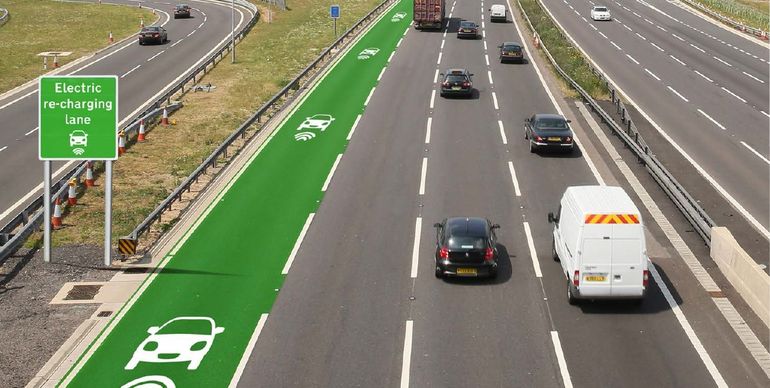The eMobility transition is progressing steadily, supported by a well-defined regulatory framework, yet it is essential to translate objectives into action while minimising financial losses and ensuring that stakeholders receive appropriate support.
The European Green Deal of 2019 represented a turning point in the bloc’s climate strategy, setting ambitious targets to curb emissions and promote sustainable mobility.
“With this announcement and the subsequent intensive period of reviewing and updating existing legislation, the European Union (EU) established itself as a frontrunner in the transition,” states Till Eichler, Policy Officer at Transport & Environment (T&E).
However, he points out that there is a distinction between setting goals and ensuring that transformation materialises in practice.
“It is crucial not to remain focused solely on targets; there is always room to do more,” he asserts in a conversation with Mobility Portal Europe.
In this regard, Eichler highlights the necessity of ensuring adequate resources, expertise, and capabilities on the ground to prevent economic inefficiencies during the process.
One of the mechanisms he emphasises is the Innovation Fund, a programme managed by the Directorate-General for Climate Action (DG CLIMA), financed through the EU Emissions Trading System (EU ETS).
This fund, which will allocate approximately 38 billion euros by 2030, aims to drive decarbonisation by providing financial backing to pioneering companies in key sectors such as mobility, energy, and industry.
As part of this initiative, the EU introduced a competitive bidding model, commonly referred to as “auctions as a service.”

Its primary goal is to ensure that subsidies are not distributed indiscriminately but rather awarded to projects that deliver genuine value.
“The concept is to establish EU-wide tenders where any company within the bloc can apply for financial assistance,” Eichler explains.
The system operates on a straightforward principle: companies submit bids for funding, and those offering the most cost-effective and efficient solutions are selected.
“The competitive nature of this approach guarantees that subsidies are not allocated arbitrarily but rather directed towards the most innovative enterprises that genuinely merit public support,” he elaborates.
Within this framework, the T&E representative advocates for the replication of this model at the level of individual member states.
“This ensures that public expenditure is utilised efficiently and not squandered,” Eichler remarks.
He also notes that some countries have already begun implementing it at the national level.
As an example, he cites Germany, Spain, and Belgium.
“This initiative is expected to expand, and additional funding is currently available through the European Investment Bank,” he points out.
The programme aims to enhance the allocation of financial resources and accelerate the transition towards eMobility.
“It is preferable to focus on social aspects and income levels, ensuring that financial aid is not granted to individuals who can readily afford an electric vehicle,” he stresses.
What other measure does T&E propose to promote eMobility?
Although the Innovation Fund represents a significant step forward, the expert cautions that competitive auctions alone are not a comprehensive solution.
Eichler underscores that beyond financial mechanisms, it is imperative to foster positive narratives that highlight the benefits of the eMobility transition.
“It is not merely about achieving carbon neutrality; it is also about delivering cleaner energy, improving air quality, and strengthening resilience against climate change,” he argues.
Within this context, he points out that certain policies continue to hinder progress.
One such example is the persistence of fossil fuel subsidies, which in some EU countries still favour corporate fleets.
“European governments collectively spend over 40 billion euros per year subsidising company cars powered by internal combustion engines,” Eichler states.
And he warns: “This is entirely at odds with climate objectives.”
What solution does he propose?
Advancing an initiative for corporate fleets that mandates the use of cleaner vehicles while eliminating public support for the purchase of “high-end, fuel-guzzling internal combustion cars.”
In this regard, he highlights the growing commitment of the private sector to the eMobility transition.
“They have embraced the challenge and are making adjustments to align with the new reality,” he notes.
According to the expert, this is a positive development, as it enables progress and helps overcome the longstanding dichotomy between climate action and economic growth, as well as between environmental protection and profitability.
“The focus is now on developing an economic model that integrates climate protection with profit generation and market efficiency, and I believe we are on the right path in this regard,” he concludes.








